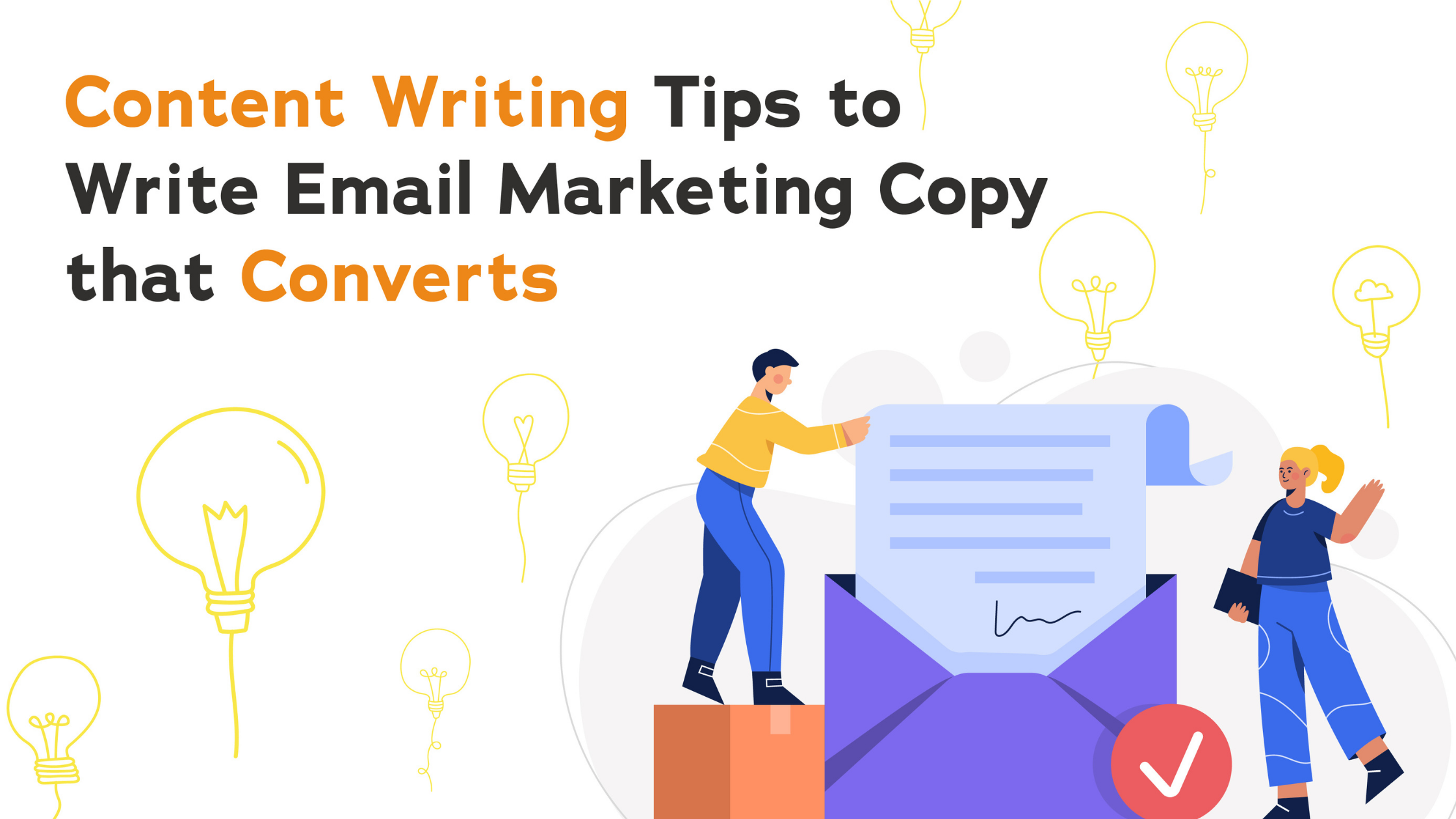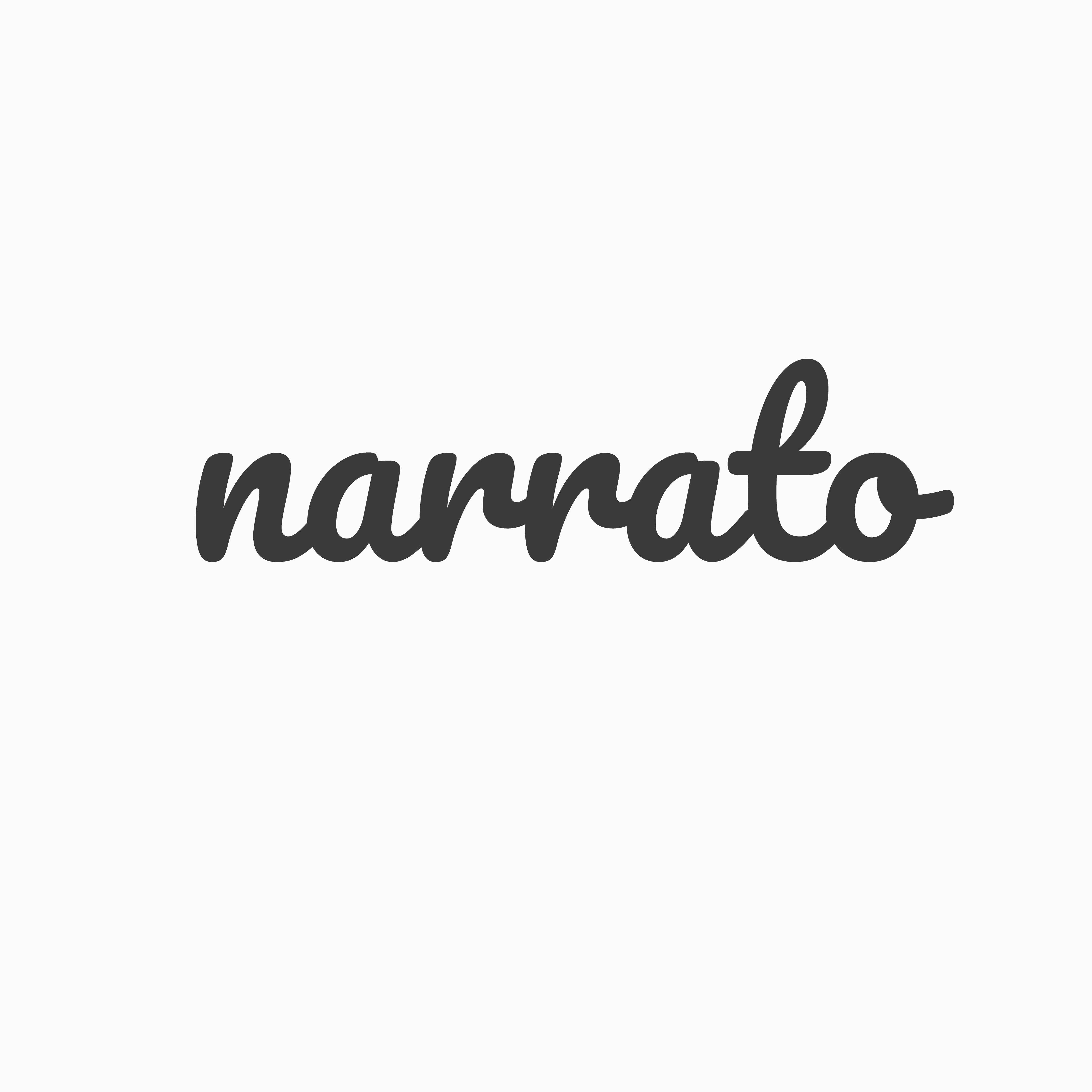There is a massive difference between how you write email marketing copy and regular emails. While writing email copy, you can’t afford to make mistakes, you can’t take shortcuts, and you definitely can’t let it loose.
Why?
Because in email marketing, for every $1 that you spend, you get back $42 on an average – that is, the return on investment remains a colossal 4200%.
Well-structured, relevant, and powerful email copy supercharges your sales and lead conversions. But how do you create good email marketing copies that drive conversions and that, too, consistently?
In this blog post, we intend to equip you with powerful content writing skills for email copywriting to help you in your marketing efforts.
- Perfect the subject line
- Optimize your Preview Text
- Be Relevant
- Write in the second person
- Avoid Industry Jargon
- Write a quickly scannable copy
- Keep it Brief and Crisp
- A promising CTA
- Invest the power of personalization
- Leverage rich media
1. Perfect the subject line
Your subject line decides whether your reader opens the email or deletes it, or even goes on to spam it!
FOMO – fear of missing out is one psychological trick used in writing a subject line to get the reader to open the email.
Hundreds of billions of emails are sent and received every day. I get dozens of emails even on non-working days, excluding the product promotion emails that don’t get viewed anyway. The first thing I do before opening an email is glance at the subject line.
I’ll open the mail only if the subject line conveys the benefit of the content inside or presents evidence in a single line as to why I should open that email.
A killer subject line with actionable language (download, receive, buy, take away, reserve, get now) is your key to a compelling email copy.
<h2 class=”wp-block-heading”>2. Optimize your Preview Text
Preview text is the content that comes after the subject line – either next to it or below it, and gives the reader further insight into the content in the email.

Source: litmus.com
The preview text often complements the idea conveyed in the subject line. After the subject line, the preview text is the next decisive factor in the reader’s action on receiving an email – leading them to either open it or discard it. You can try Free Email Subject Line Generator tools to help with the same.
The snippet of text following the subject line must be crafted very carefully and should be an extension of the subject line. It must answer a question presented in the subject line or even ask a question to fuel your curiosity to see what’s inside the email.
You might think that isn’t this too much we are asking from a single line? But don’t worry, it’s possible and fun with regular testing.
3. Be Relevant
The copy inside the email should be relevant to the reader, addressing their genuine concerns or reminding them about something important.
At the very beginning of the email, explain how the email is relevant to the reader and how you already know each other. If you don’t know your reader, relevancy is completely out of the question. So, the first step towards relevancy is to know your audience.
To avoid sending a blanket email (an email that is sent to the entire list of your contacts), email segmentation is essential. Market research about the people in the email list will help you tailor your email copy according to the reader’s preferences. This way, you can address their problems on a personal level and stay relevant to them.
4. Write in the second person
People love being talked to directly and not being referred to as a third party.
Even if the reader knows that the same email is going to be received by 50 other people, a conversational tone needs to be maintained.
Your reader doesn’t want to be bothered with unnecessary information about your company and yourself. So you will want to use more of ‘you’ ‘rather than ‘I’ and ‘we’ to remain customer-centric.
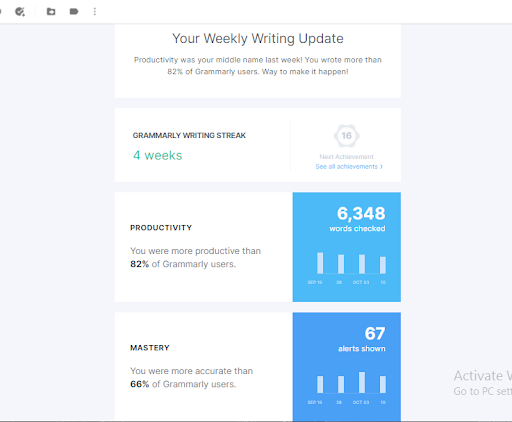
Like to count how many times the sender has used ‘you’ instead of ‘I’ and ‘We’? There is no need to actually count; the gist is that you should be ‘talking’ to the customer in your email.
Expressing your brand voice doesn’t mean unstoppably talking about your brand everywhere. You have to maintain a fine balance by letting the customer know that the message of your email is oriented around them.
5. Avoid Industry Jargon
As technical or sophisticated as it may sound, most people don’t like to listen to industry jargon or “market-speak”.
Reserve the technical vocabulary for your industry peers. Use simple and friendly language to converse with your customers. Difficult words need to be avoided due to yet another reason, the reader is, in fact, skimming through your email, and it’s a big turn-off for them to find it difficult to understand.
Cliché words can’t grab the attention of your reader. Rather, make the language simple but powerful to keep the reader’s interest alive.
6. Write a quickly scannable copy
No matter how amazing the benefits you’re offering your customer are, if they just ignore them after taking an overall look at the email, it’s a complete waste of your resources.
As mentioned earlier, a reader is skimming through the content rather than actually reading it. So, only a properly structured email with bulleted points is going to grab the reader’s attention and make them read the email to the end.
Structuring your emails well makes the reader catch up with the idea of the email quickly so that they reach the CTA. Don’t forget to highlight key points using bold fonts and italics, or embedding the text in a bright infographic.
This way, you’re also optimizing the mail for mobile devices, as more than half of people are opening emails on their mobiles.
7. Keep it Brief and Crisp
If the voice of the brand is professional, you’ll want to keep the email copy crisp and brief.
Trying to shove a long story in an email is a big mistake as it will be discarded by the reader almost immediately. If you summarize the message of your email in a short and compelling copy, you will be helping your customer from the painful process of sifting through hundreds of words.
The sooner you arrive at the point, the better. If you’re beating around the bush with unnecessary information, chances are that the reader won’t be able to reach the CTA.
A primary CTA can drive better click-through rates than emails that have competing call-to-actions.
8. A promising CTA
A CTA is the main motive behind any marketing message. Captivating images and compelling phrases used as call-to-action gets you the response you need when one clicks to seek more information.
You need to bear in mind:
- The CTA must be motivating and informing.
- There should be no unanswered whys and whats in the CTA
- Make sure you use first-person in the CTA. Eg ‘book my show’, ‘Call us today’
- Keep text CTA button medium-sized and use a vibrant color
- You must use language filled with emotions
- The CTA should create a sense of urgency or scarcity
Don’t forget to add an email signature at the end. You can try some good email signature generators to ensure that your signature really stands out.
9. Invest the power of personalization
Personalization goes way ahead of simply using the first name of the reader, though I love it when first names are used.
Now, this email from the online food ordering app Zomato shows how personalization speaks to a reader.
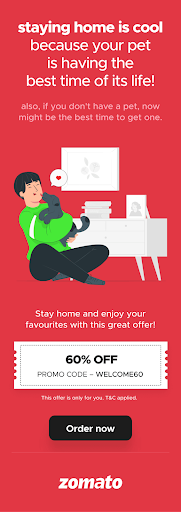
No matter how good, full of color your emails are, all of it is worthless if there is no personalization. Giving your subscribers a consistent email experience entails more than just forwarding promotional emails that directly sell your service or products.
So what do you need to do to get it right?
You need to build a sense of trust with constructive and positive words of recommendation, which ultimately persuade them to act on the CTA on their own will.
A personalized email comes with many benefits, one of which is that you entice the subscriber to make a purchase without feeling that they are being forced.
10. Leverage rich media
Let’s move to our next point- rich media. Presuming that you already know how people love to see text embedded in infographics or GIFs rather than plain text, let me cut it short.
Rich media, as the name suggests, is interactive digital media that have or show dynamic motion with the purpose of creating visually interesting content. Leveraging rich media becomes essential in email marketing because you need to compel the subscriber to visit the site with very limited resources.
Leverage rich media by making the most of-
- Static images
- Animated GIF
- Audio and video
- Cinemagraphs
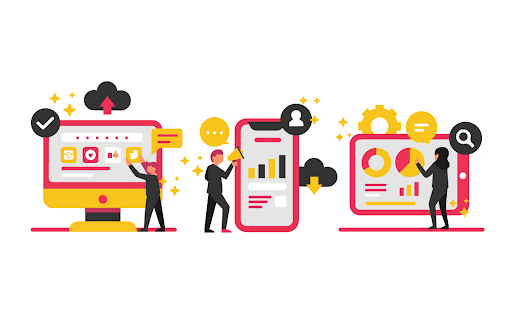
Image source: Yieldbird
Here is an interesting fact – Dell increased its revenue by 109% with the help of GIF.
Email copywriting doesn’t end here, but by now, I’m convinced that you will be confident enough to write a compelling email copy on your own. If you have any further queries or suggestions at any point, allow us to address them for you.
Author Byline –
WowSender is on a mission to help out businesses beat the competition with their email marketing guide and campaigns smartly tailored for their clientele with varying needs. Small scale agencies to industry giants are growing their business with one-stop-shop services by WowSender email marketing tools. With the smart use of automation, businesses don’t have to bother anymore about segmenting their customers and sending them emails. WowSender takes personalization to a whole another level by making the brand voice-oriented around the customer’s demands. It’s not less than a challenge to create email copies that drive conversions, given that people are receiving tons of emails regularly. And this is where WowSender comes in to take care of every emailing need of businesses.

